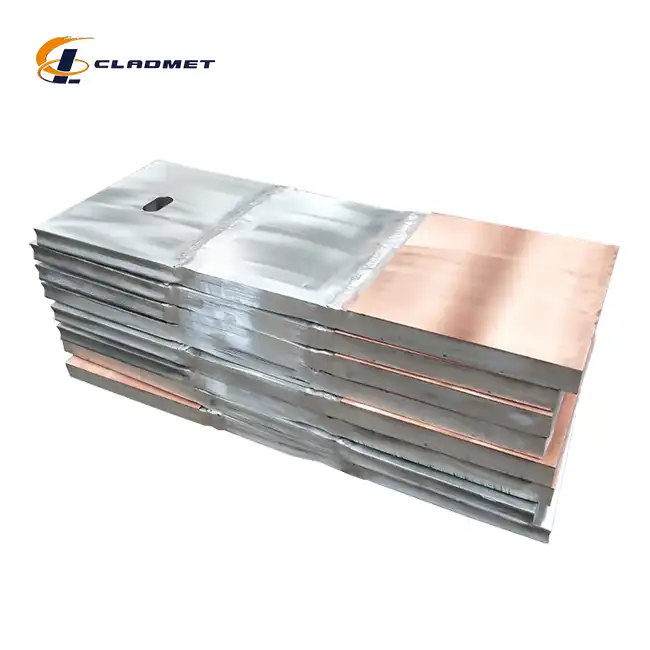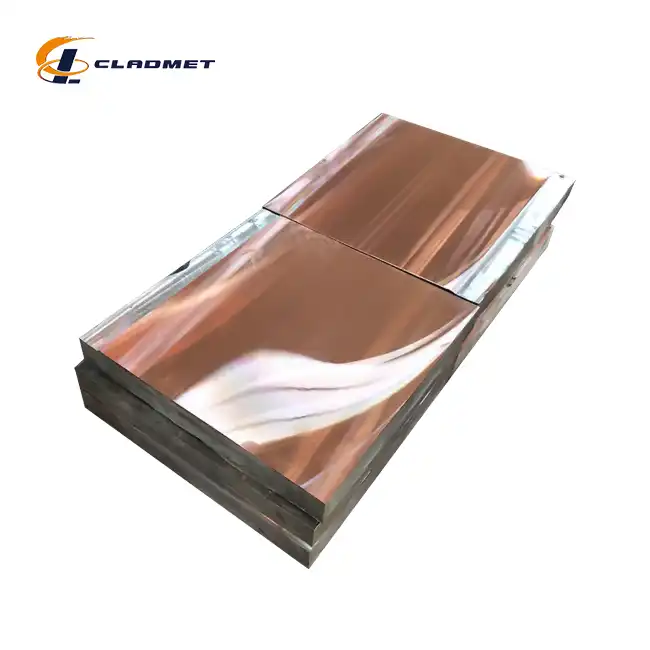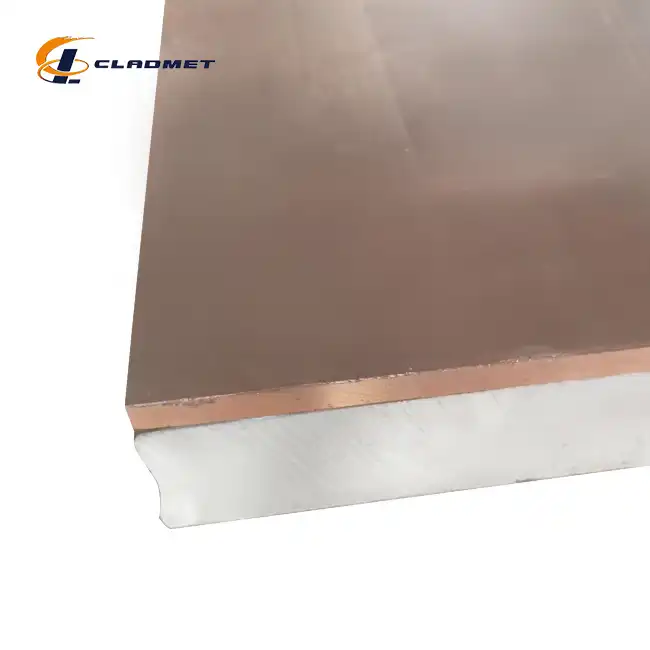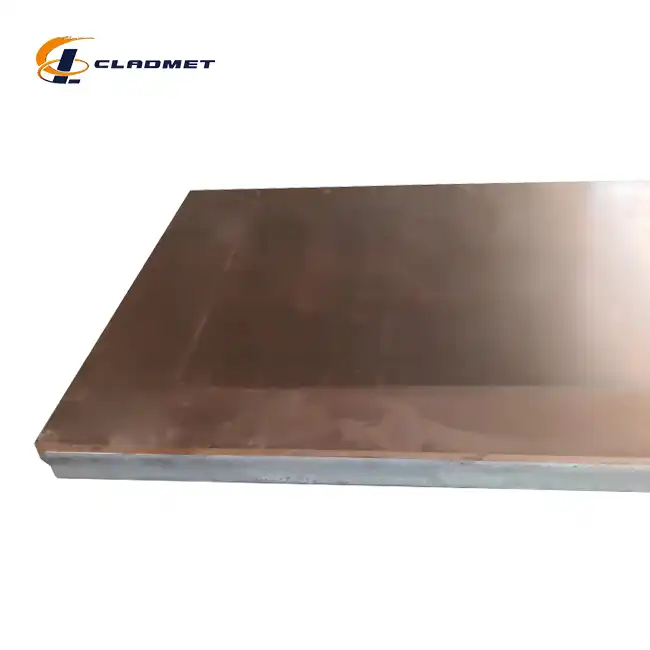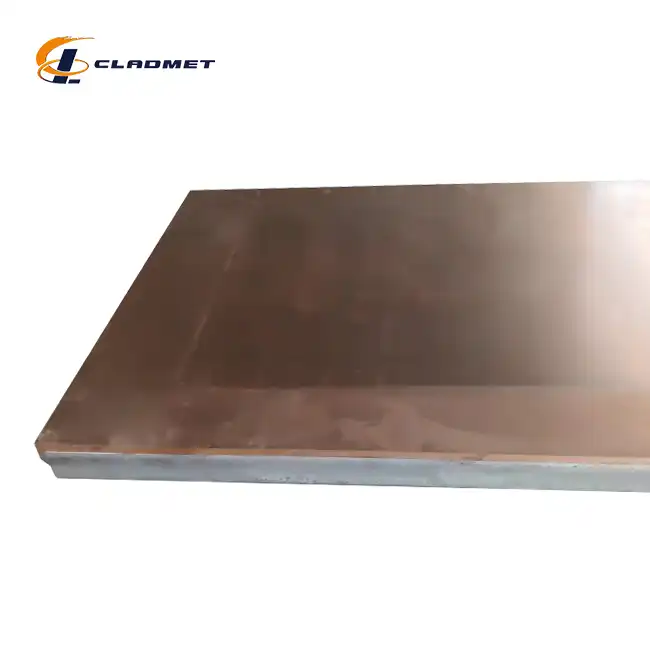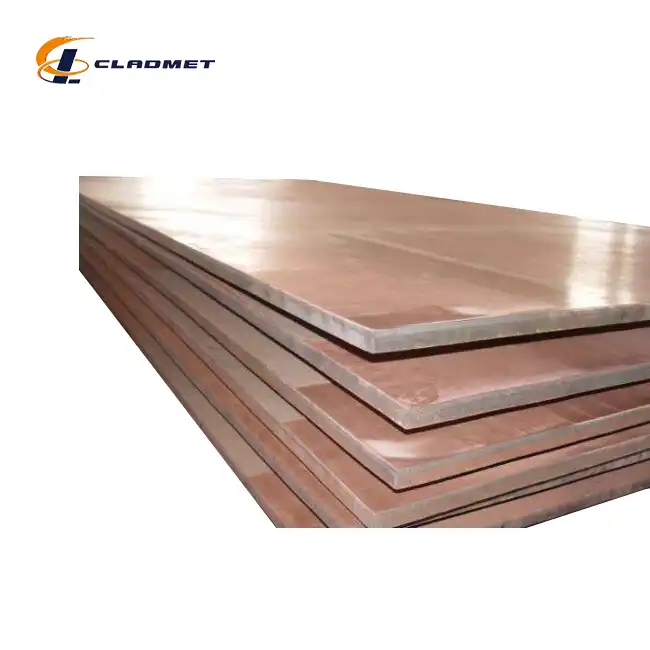Available Sizes:Standard and custom sizes available upon request
Product Applications:Used in electroplating, chemical, and marine industries
Processing Technology:Explosive bonding and hot-rolled processing techniques
Quality Control and Testing: Strict testing ensures adherence to ISO9001-2000, PED, ABS standards
Product Implementation Standards:ASME, ASTM, JIS certified
Delivery:Available via sea, air, and express shipping
Packaging:Secure wooden crates for international transport
The Copper aluminum clad plate from Baoji JL Clad Metals Materials Co., Ltd. is a high-performance composite material designed to offer the combined benefits of both copper and aluminum. This plate is created through advanced explosion bonding technology, ensuring superior strength, conductivity, and corrosion resistance, making it a versatile solution for various industries.
Product Specifications
| Item | Details |
|---|---|
| Cladding Material Range | Copper (T2, C1100), Aluminum (1050, 1060, 3003) |
| Base Metal Range | Carbon Steel (Q235, Q355), Aluminum (T6061) |
| Cladding Size | Thickness: 2-100 mm, Width: 1000-3000 mm, Length: Up to 10,000 mm |
| Cladding Technology | Explosion Bonding, Roll Bonding |
| Product Standards | GB/GBT, ASTM, ASME, JIS |
| Surface Treatment | Polished, Sandblasted, Coated |
| Application Industries | Electrical Engineering, Power Generation, Automotive, Aerospace |
| Packaging | Custom packaging available |
| Transportation | Sea, Air, or Land |
| Delivery Cycle | 3-6 months (Negotiable) |
 |
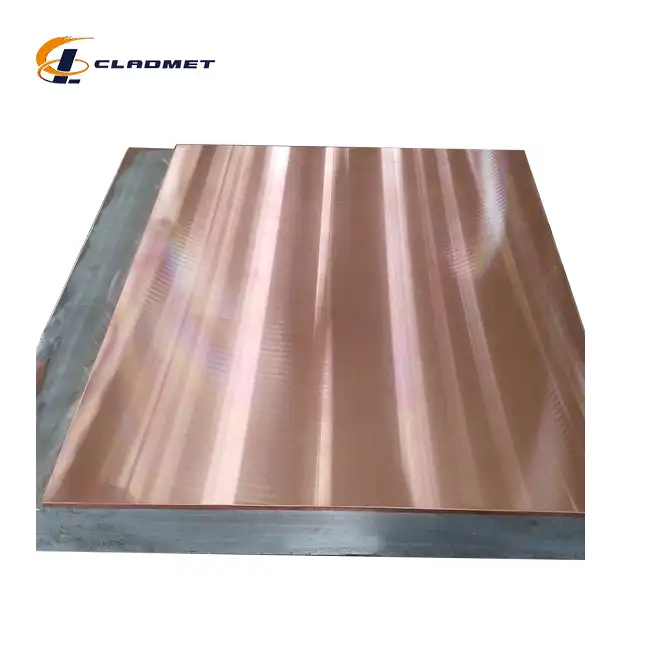 |
 |
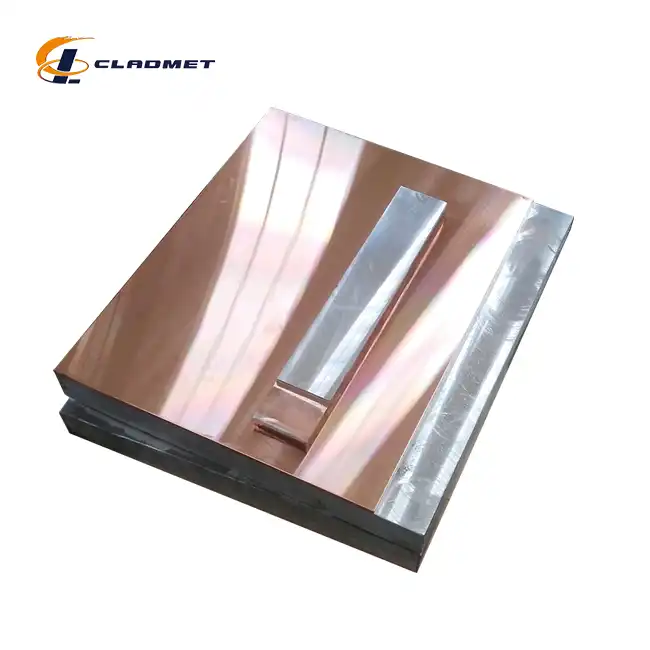 |
Copper-Aluminum Cladding Process
Copper-aluminum clad plates combine the unique qualities of both copper and aluminum, offering a versatile material that leverages the electrical conductivity of copper and the lightweight properties of aluminum. This composite material is manufactured through several advanced processes, each ensuring a robust bond between the copper and aluminum layers.
Explosive Bonding
Explosive bonding involves a high-energy process where an explosive charge creates a violent impact, bringing together copper and aluminum. The extreme force generated by the explosion results in the formation of a metallurgical bond between the two metals, which is both durable and resistant to separation under mechanical stress.
Preparation: The copper and aluminum plates are carefully cleaned and positioned before the explosive charge is applied.
Explosion Impact: When the charge detonates, the plates are forced into contact at extremely high speed, ensuring the creation of a solid bond.
Resulting Bond: The powerful collision between the metals causes the copper and aluminum to bond at an atomic level, forming a strong and reliable composite.
Explosive bonding is often employed in applications requiring high strength and durability, such as electrical equipment, marine structures, and pressure vessels.
Roll Bonding
Roll bonding is a cold-working method where copper and aluminum are passed through heavy rollers under high pressure, causing the two layers to fuse together without the use of heat. This process produces a strong, uniform bond ideal for various applications.
Surface Preparation: Both metals are cleaned to ensure maximum adhesion between the copper and aluminum surfaces.
Rolling Process: The copper and aluminum sheets are passed through rollers under significant pressure, causing them to bond without the need for heating.
Multiple Passes: The process may require several passes to achieve the desired bond strength, especially for thicker layers.
Roll bonding is commonly used in the production of copper-aluminum clad plates for use in electrical conductors, automotive parts, and other industrial applications where cost efficiency and material performance are critical.
Hot Isostatic Pressing (HIP)
Hot Isostatic Pressing (HIP) is a technique where copper and aluminum layers are subjected to both high heat and pressure within a sealed chamber. This method facilitates atomic diffusion between the metals, resulting in a diffusion bond that ensures a strong and long-lasting connection.
Encapsulation: The copper and aluminum are placed inside a chamber that is sealed to prevent contamination.
Heating and Pressurization: The chamber is heated to high temperatures while being subjected to high-pressure conditions, causing the metals to bond on an atomic level.
Bonding Outcome: The result is a high-integrity bond between the copper and aluminum that provides excellent mechanical and electrical performance.
HIP is favored in industries where high-performance materials are required, such as in aerospace, electrical, and oil and gas sectors.
Features and Benefits
Corrosion Resistance
Copper-aluminum clad plates offer impressive resistance to corrosion, especially in applications where the material may be exposed to moisture, chemicals, or aggressive environments. The copper layer protects against corrosion, while the aluminum provides structural integrity.
Electrical Conductivity
The copper layer provides superior electrical conductivity, making copper-aluminum clad plates an ideal choice for applications that require efficient electrical performance. These materials are used in electrical conductors, connectors, and other components where the ability to carry current is essential.
Lightweight
One of the standout features of copper-aluminum clad plates is the combination of copper’s conductivity with aluminum’s light weight. This makes the material suitable for applications in which reducing overall weight without compromising performance is critical, such as in the aerospace and automotive industries.
Durability
The combination of copper and aluminum ensures excellent strength and durability, with the copper providing resistance to wear and corrosion and the aluminum offering structural strength. This makes the clad plates suitable for heavy-duty applications that demand high performance and longevity.
Cost Efficiency
By combining aluminum, a less expensive material, with copper, manufacturers can create a cost-effective material that offers the advantages of both metals. This reduces overall production costs while still achieving excellent performance in various industries.
Thermal Conductivity
Copper’s superior thermal conductivity is an advantage in applications that require efficient heat dissipation. The copper-aluminum clad plates are used in heat exchangers and other thermal management systems where quick heat transfer is essential.
Customization
Copper-aluminum clad plates can be tailored to meet specific requirements. Variables such as the thickness of the copper or aluminum layer, surface treatment, and overall plate size can be adjusted to suit the needs of different industries, ensuring a versatile solution for various applications.
Explosive Composite Panel Production Site
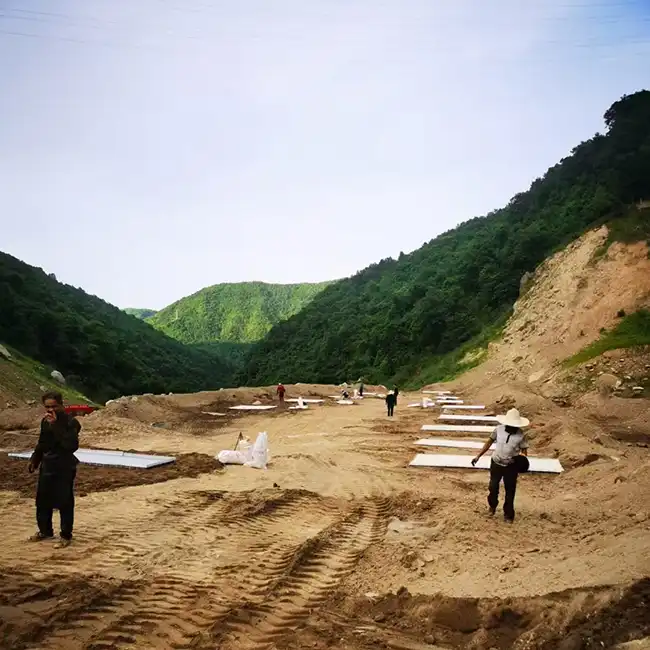

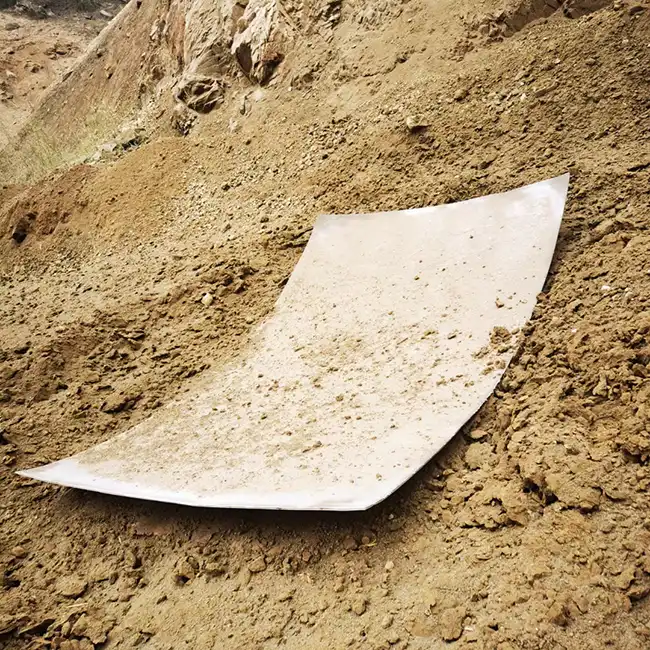
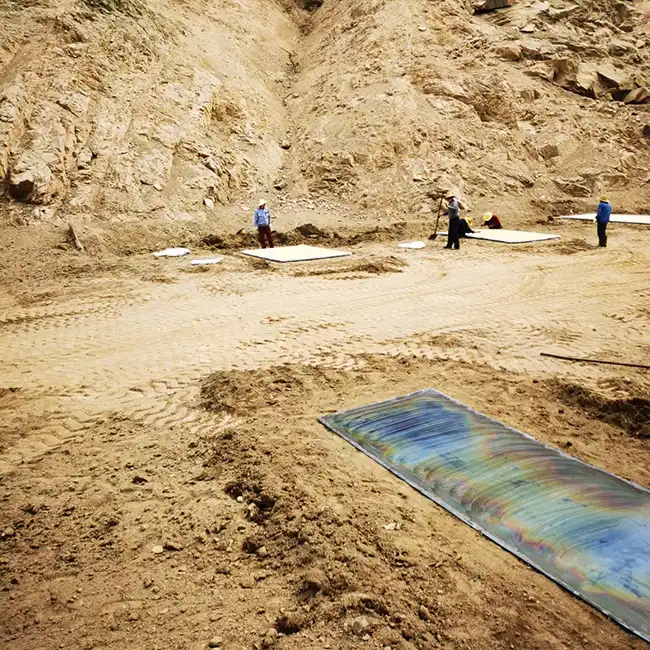
Explosion Welding Process
 |
 |
Our Factory

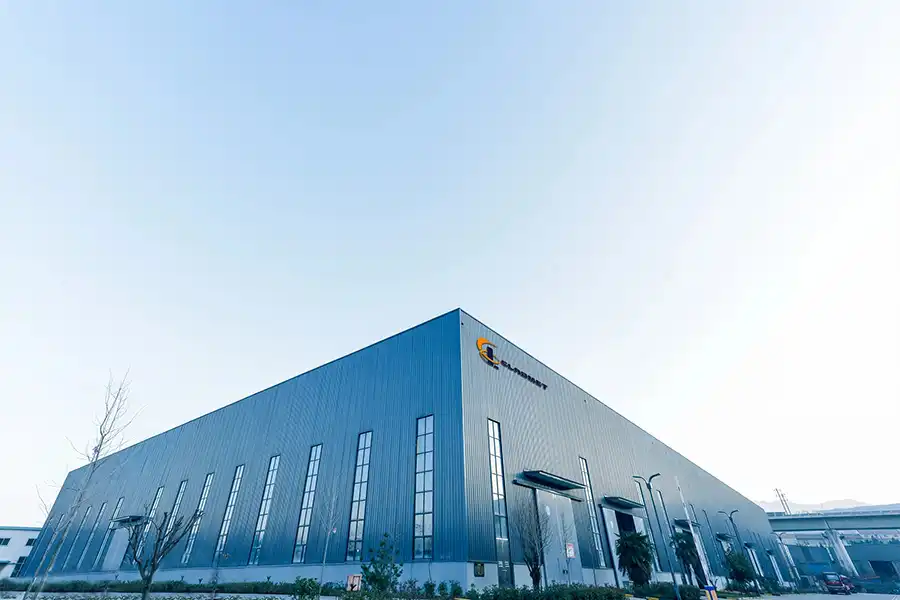
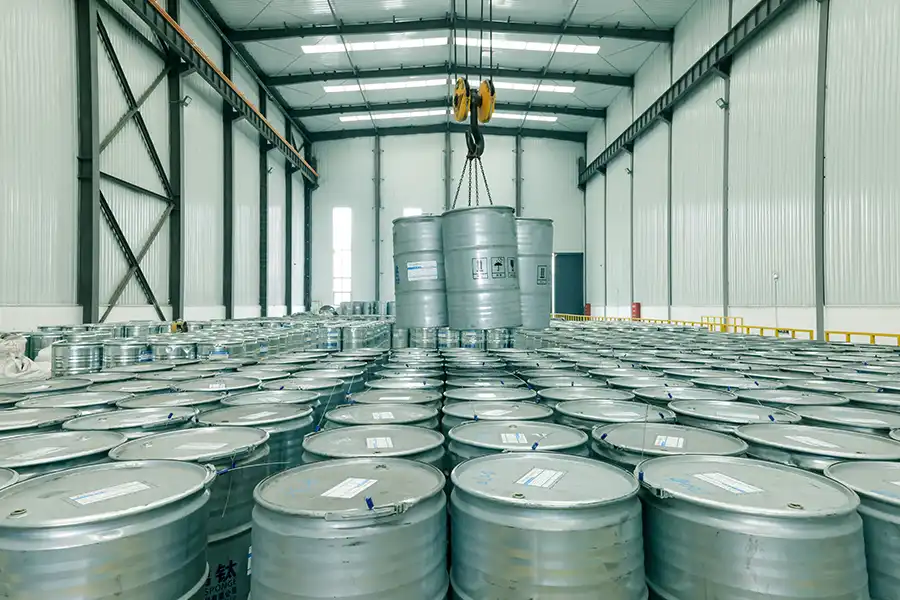

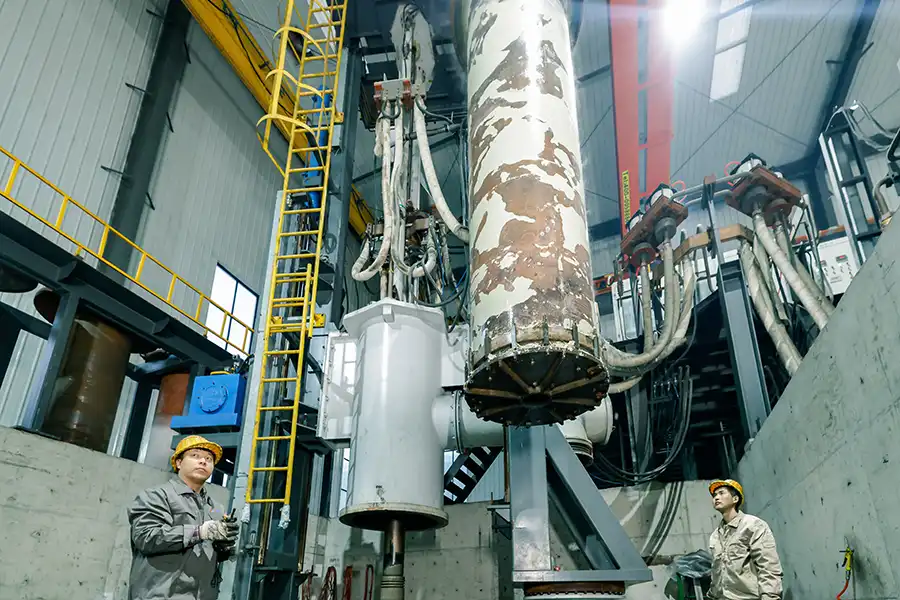



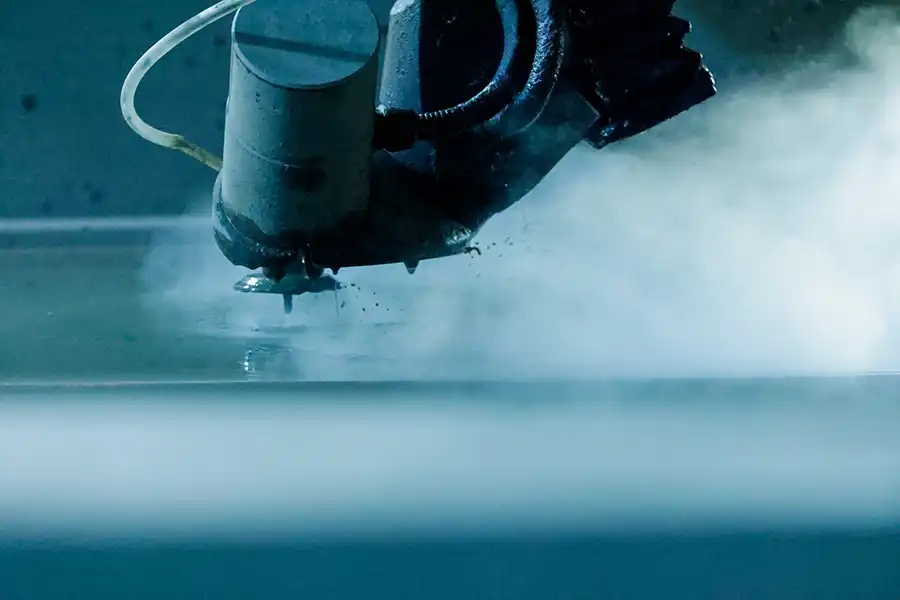
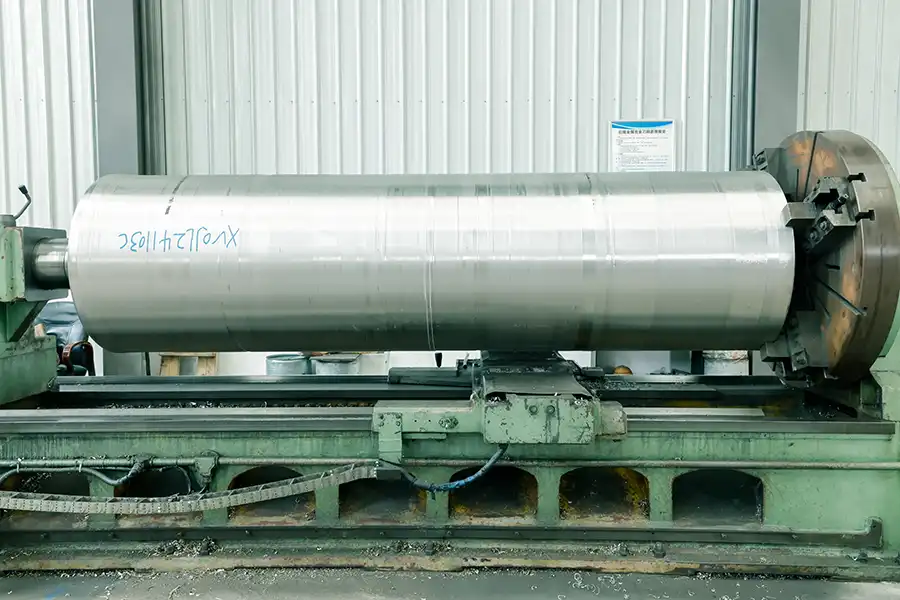
Production Site



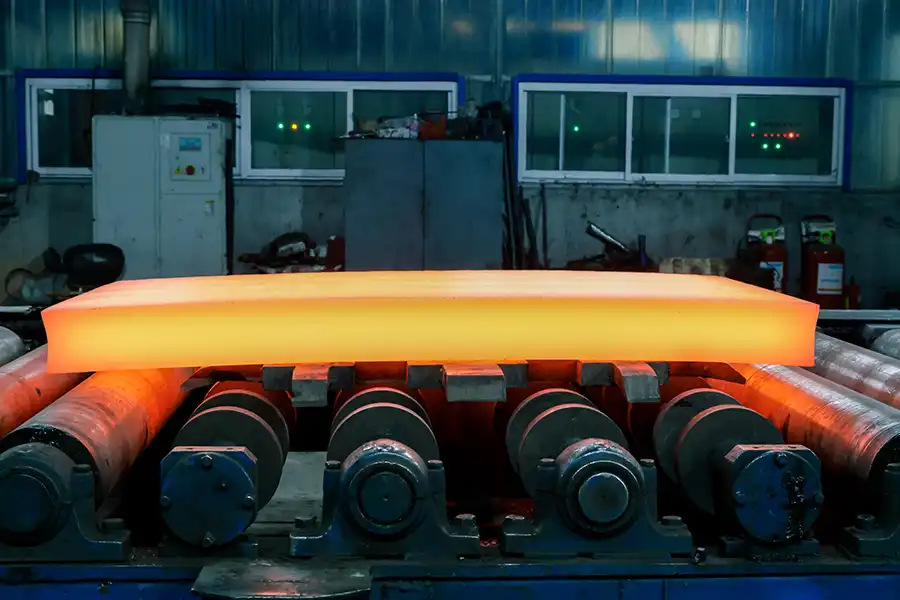 Hot Rolling
Hot Rolling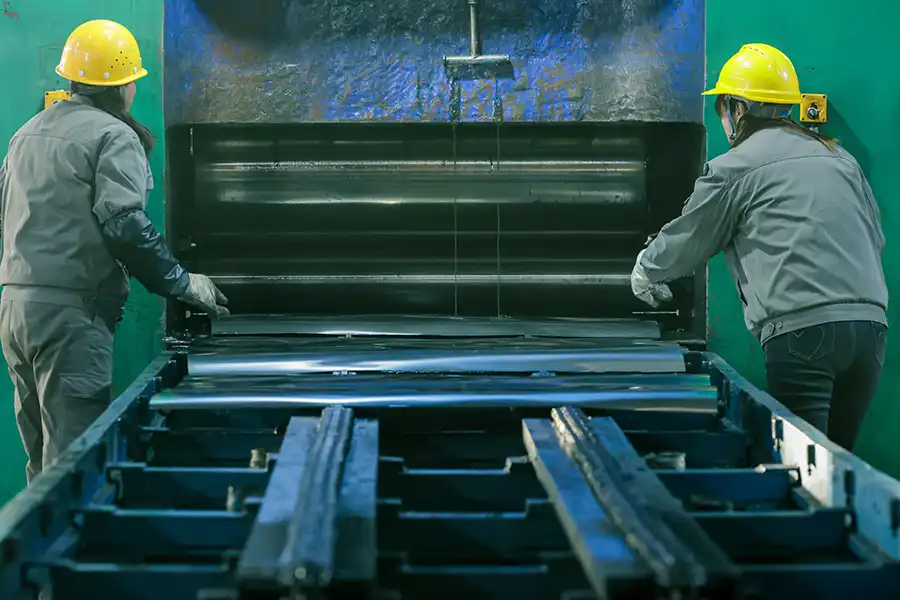

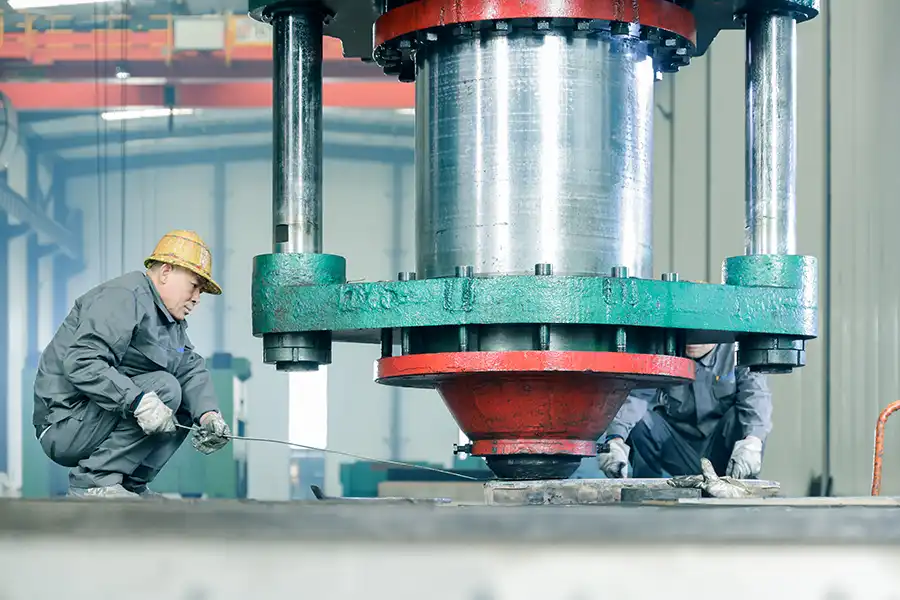
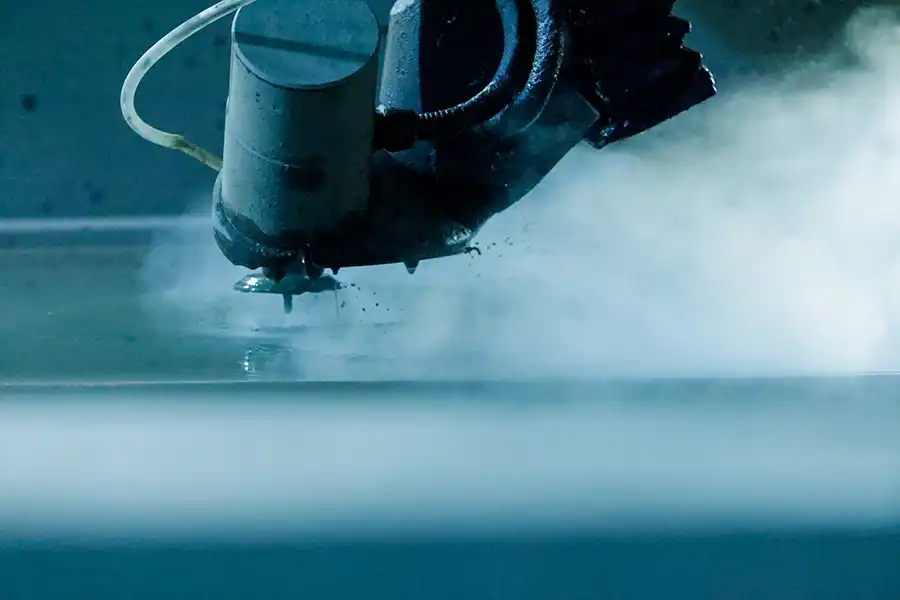
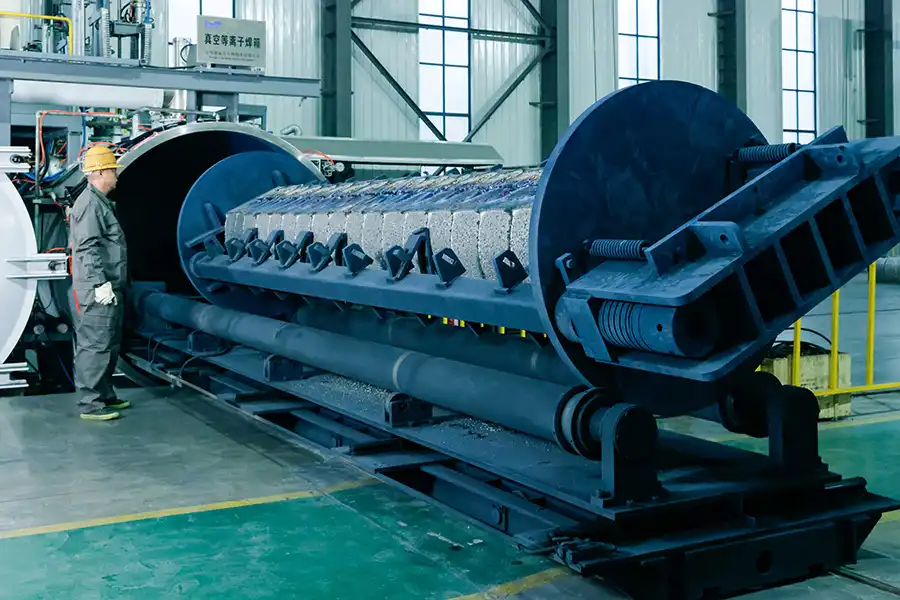
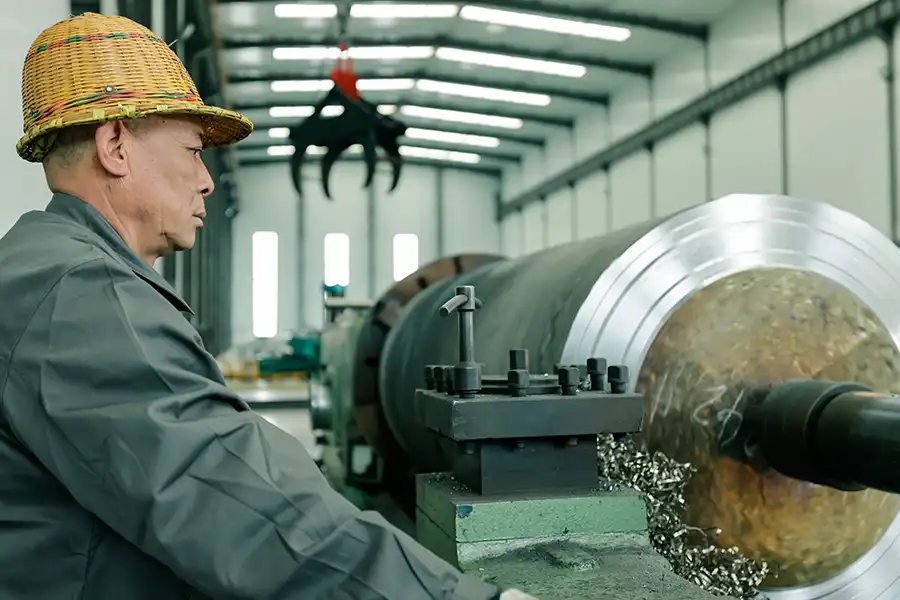
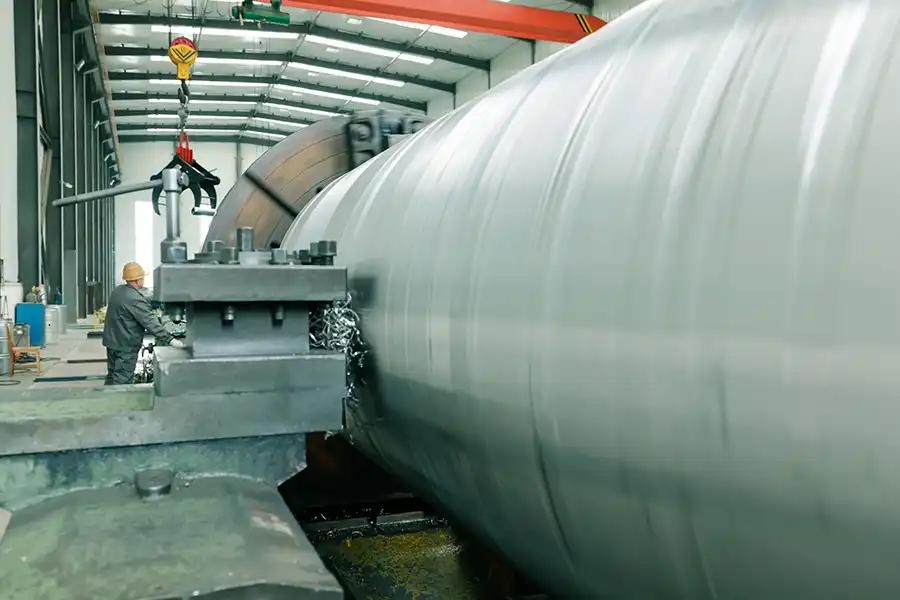
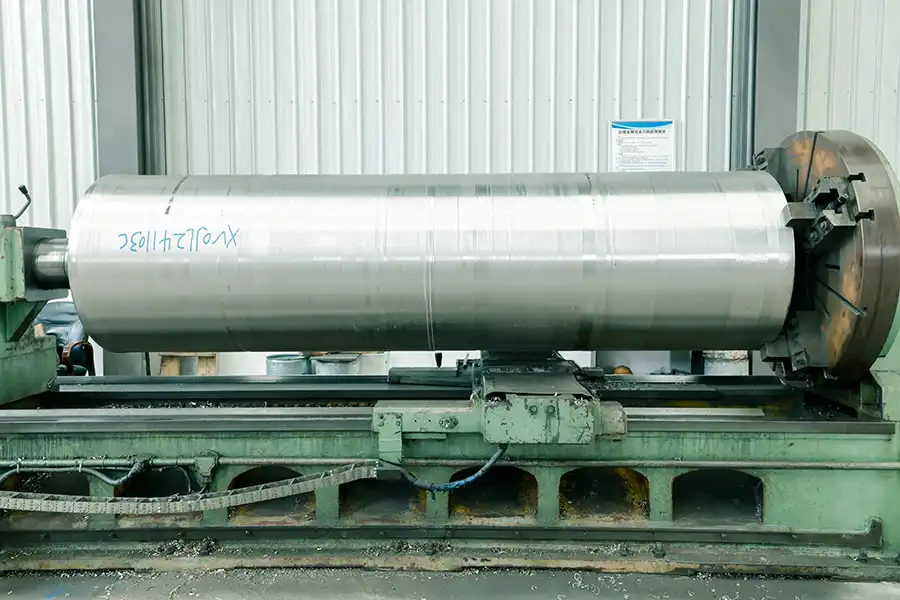
Main Products
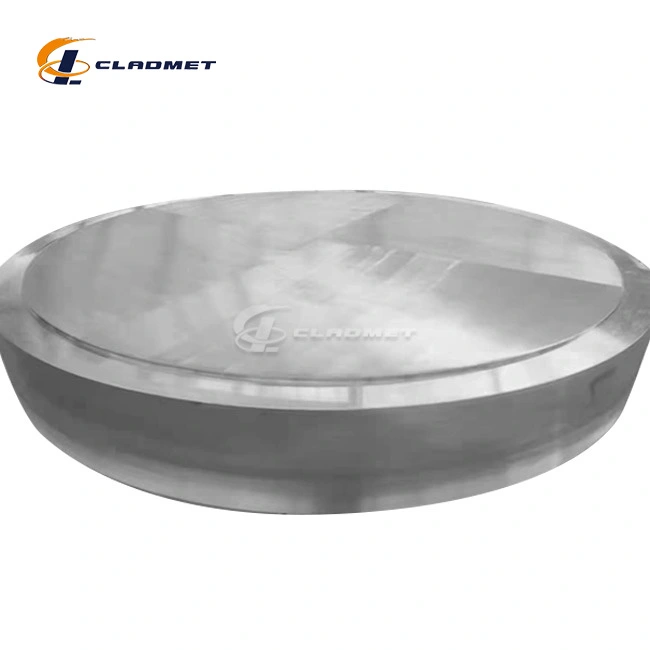
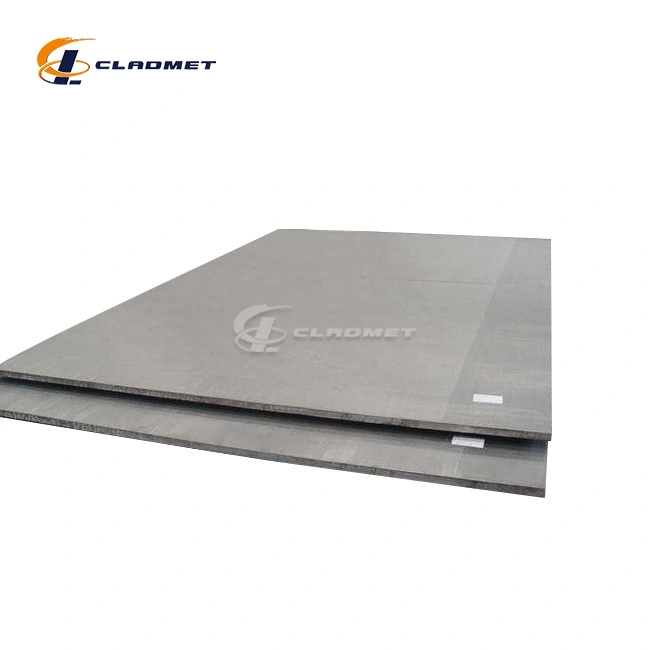
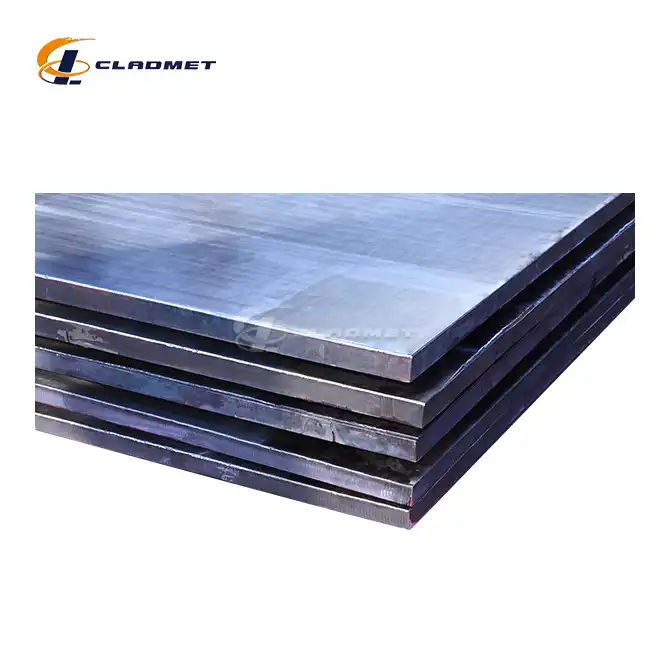
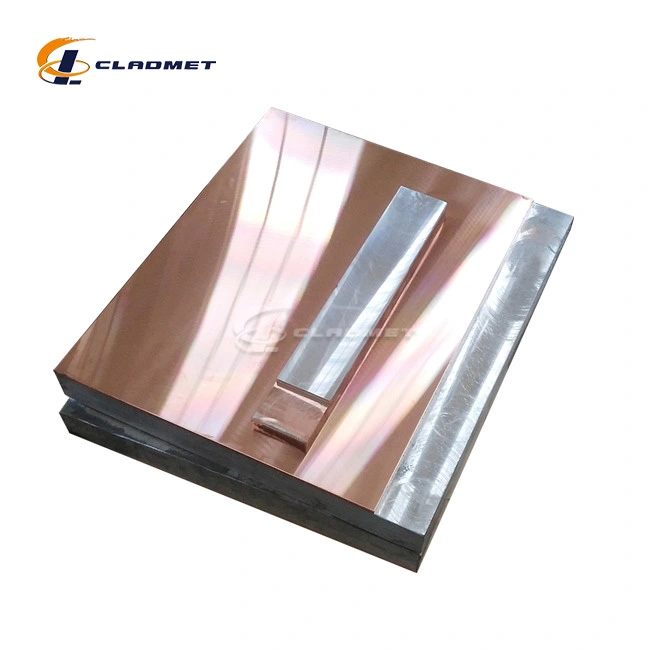

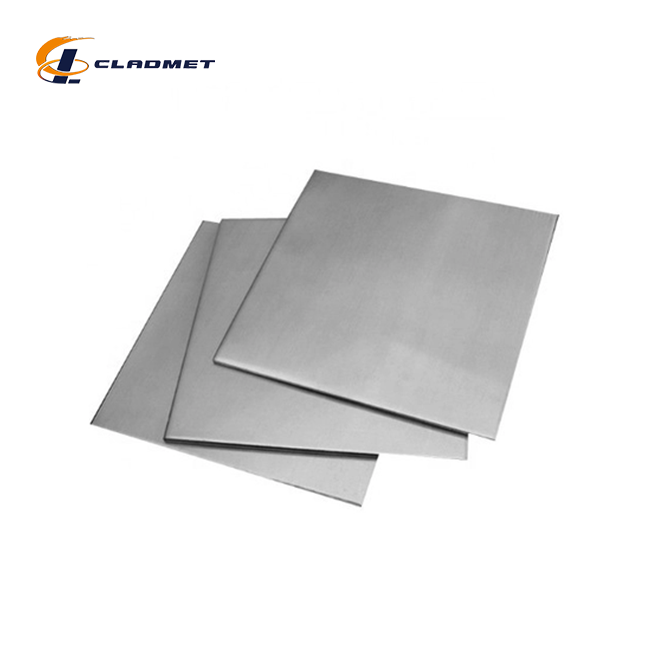
Main Application Industries
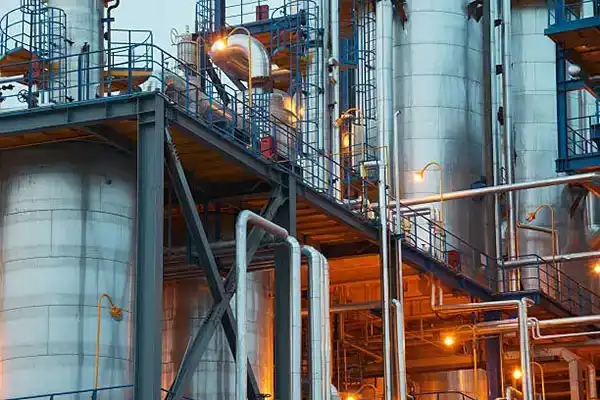
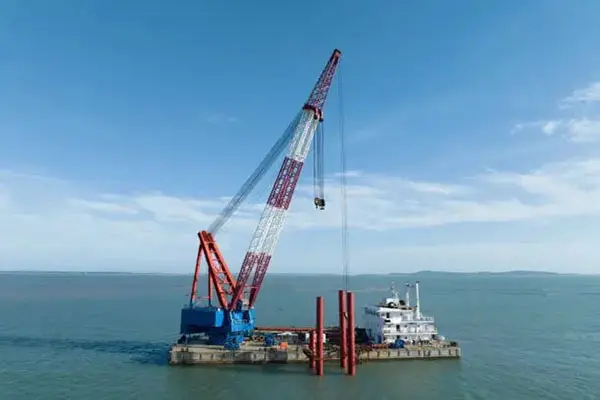


OEM Service
At Baoji JL Clad Metals Materials Co., Ltd., we offer custom OEM services to meet the specific needs of your project. From product design to production, our expert team works closely with you to deliver tailor-made solutions that align with your technical requirements and project goals.
Frequently Asked Questions (FAQ)
1. What are the typical delivery times?
Our standard delivery cycle is 3-6 months, but we offer negotiable timelines depending on order size and specifications.
2. Can you produce custom sizes?
Yes, we offer fully customizable sizes and thicknesses to meet your exact requirements.
3. What packaging methods are used?
We provide custom packaging solutions to ensure safe transportation and storage.
4. What industries are best suited for Copper aluminum clad plates?
Our product is ideal for electrical engineering, power generation, automotive, aerospace, and telecommunications industries.
Contact Us
- Phone: +86-917-3372918
- WhatsApp: +8613530170059
- Email: sales@cladmet.com
- Address: FENGHUANG 4 ROAD, HIGH-TECH DISTRICT, BAOJI CITY, SHAANXI, CHINA 721013

_1737007724117.webp)

